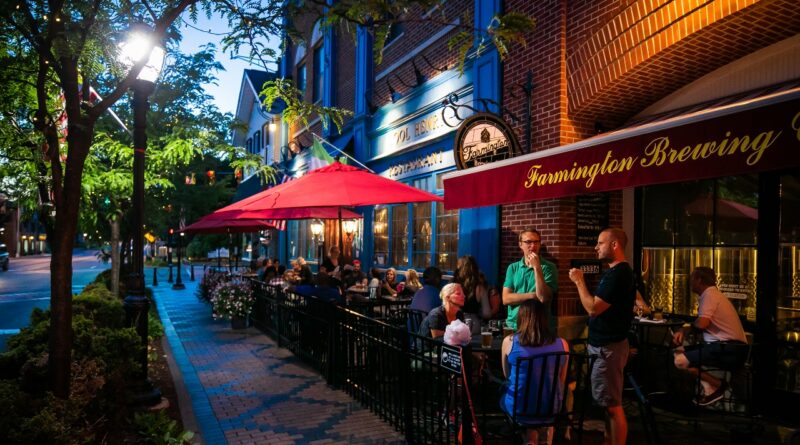History Of Farmington Michigan
Farmington, Michigan is a small city located in Oakland County, just a few miles northwest of Detroit. Its history dates back to the early 19th century, when it was a small farming community that eventually became a hub of industry and commerce. Today, Farmington is known for its charming downtown, beautiful parks, and rich history.
The first settlers in what is now Farmington arrived in the early 1820s. They were primarily farmers from New York and New England who were attracted to the fertile land in the area. The first permanent settlement was established in 1824 by Arthur Power, who built a log cabin and started farming. Over the next few decades, more settlers arrived and the community grew.
In 1839, Farmington Township was officially established, encompassing a large area that included what is now Farmington Hills, West Bloomfield, and part of Novi. The township was named after Farmington, Connecticut, where many of the early settlers had come from.
During the mid-1800s, Farmington became a center of industry and commerce. The arrival of the railroad in the 1850s made it easier to transport goods to and from the area, and businesses began to thrive. In 1866, the town was officially incorporated as the Village of Farmington.
One of the most significant events in Farmington’s history took place in 1875, when the Michigan State Asylum for the Insane was built just outside the village limits. The asylum, which was later renamed the Hawthorn Center, was one of the largest psychiatric institutions in the state, and it had a major impact on the community. Many of the hospital’s employees lived in Farmington, and the institution was a major source of jobs and economic activity.
In the early 20th century, Farmington continued to grow and develop. In 1926, the village became a city, and its population reached 1,000. During the 1920s and 1930s, several new businesses were established in the city, including a Ford dealership and a movie theater.
Farmington’s downtown area also began to take shape during this time. The first city hall was built in 1930, and several other buildings were constructed in the following years. Today, the downtown area is a thriving commercial and cultural center, with a variety of shops, restaurants, and cultural attractions.
In recent years, Farmington has continued to evolve and adapt to changing times. The city has embraced new technologies and industries, while still preserving its rich history and small-town charm. Today, Farmington is known for its excellent schools, beautiful parks, and friendly community.
Farmington, Michigan has a rich and fascinating history that spans over two centuries. From its humble beginnings as a small farming community to its current status as a thriving city, Farmington has played a significant role in the growth and development of Oakland County and the state of Michigan. With its charming downtown, beautiful parks, and strong sense of community, Farmington is truly a special place to live, work, and visit.
Discover more from City Towner
Subscribe to get the latest posts sent to your email.




